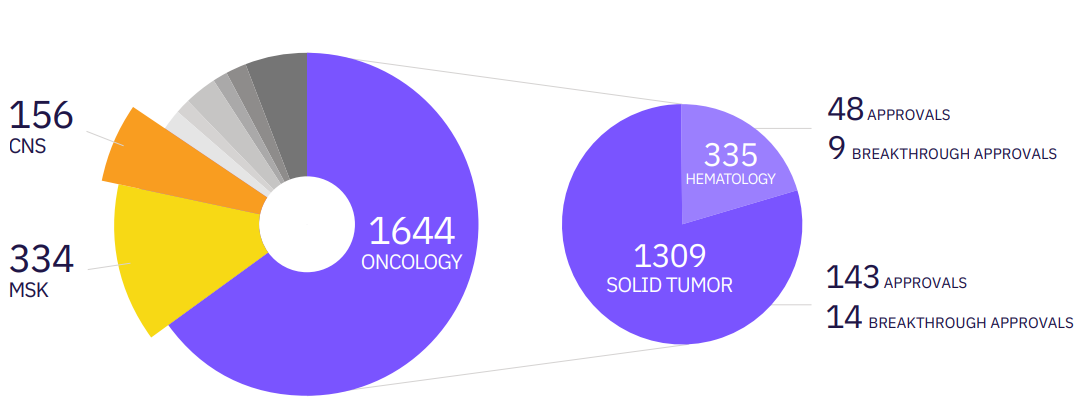Recent research highlights the importance of developing and utilizing cost-effective, sensitive, and specific plasma biomarkers using commercially available assays for screening subjects in Alzheimer’s Disease (AD) clinical trials. This approach overcomes limitations associated with the clinical diagnosis of AD, especially in individuals with mild cognitive impairment or dementia who exhibit typical AD symptoms lacking Aβ pathology.
There is evidence that targeting p-tau217 in blood has yielded the best results as a diagnostic and prognostic tool for assessing longitudinal change. Studies showed that the p-tau217 assay outperformed MRI and showed comparable performance with CSF biomarkers in detecting Aβ PET positivity and tau PET positivity.
Utilizing the approach recommended by Alzheimer’s Association guidelines, commercial immunoassay has shown high positive and negative predictive accuracy at screening in clinical studies.
Learn about other advances in Alzheimer’s Disease research, including why the FDA’s recognition of using medical imaging as an objective biomarker is a big step forward for the clinical development of new AD treatments.

















